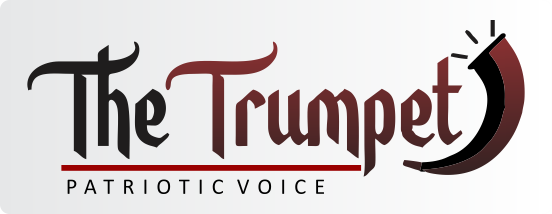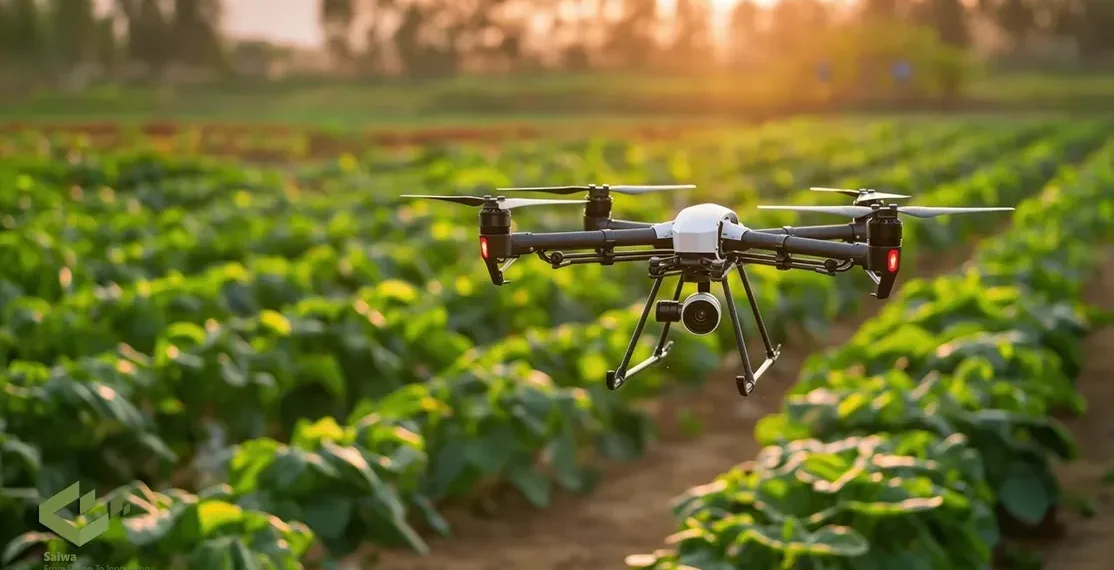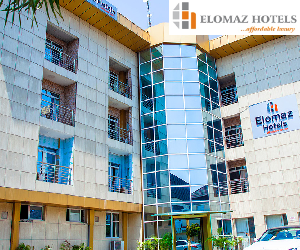A new wave of technological innovation is transforming Nigeria’s agricultural sector, as drones emerge as game-changers in crop health monitoring. AgroNigeria reports that drone technology is rapidly reshaping farm management by offering precise, real-time data that farmers can use to improve yields and increase efficiency.
The adoption of agricultural drones has surged in recent years, driven by their growing ability to deliver practical, actionable insights. These high-tech devices are redefining modern farming, especially in countries like Nigeria where agriculture remains a major economic driver and a key source of employment.
AgroNigeria highlights that while drones are widely used across industries, their integration into agriculture, particularly for monitoring crop health is seeing exponential growth. This is no surprise, given the immense value they add to precision farming. With the global agricultural drone market projected to jump from $1.2 billion in 2019 to $4.8 billion by 2024, it’s clear that drone-powered agriculture is here to stay.
One of the most impactful benefits of drones in farming lies in their ability to carry out precision surveillance of vast farmlands. By collecting data on plant health, soil conditions, and pest infestations, drones help farmers make faster, smarter decisions. This can mean the difference between a successful harvest and devastating losses, especially in Nigeria, where weather variability and resource constraints pose ongoing challenges.
Drones equipped with advanced sensors such as the Normalized Difference Vegetation Index (NDVI) can detect subtle changes in plant health long before they are visible to the human eye. These tools analyze how plants reflect light to detect early signs of disease, water stress, or nutrient deficiency. Others use multispectral or thermal imaging to monitor temperature, chlorophyll levels, and soil moisture, essential indicators of crop well-being.
Read also:
- FG to empower 1,000 youths nationwide in agriculture
- Agriculture critical for Food security, employment, wealth generation – Remi Tinubu
- Ministry, NGO partner for sustainable agriculture solutions in Enugu
Unlike satellite imagery, which can be limited by cloud cover and delayed processing, drones provide ultra-high-resolution, real-time visuals down to the centimeter. This means farmers can spot underperforming sections of their fields, adjust irrigation or fertilizer use accordingly, and even replant affected areas all within hours.
Drone-based crop monitoring offers a powerful alternative to traditional scouting, which is time-consuming and labor-intensive. With drones, large-scale assessments that would take days on foot can be completed in a fraction of the time, with greater accuracy. The data captured is not only useful at the moment but can also be fed into farm management software and AI tools to plan spraying schedules, irrigation cycles, and harvest timelines.
This level of precision is especially important in Nigeria, where major crops like rice, maize, and cassava are crucial to both food security and commercial trade. Abiotic stressors such as drought, poor soil fertility, and extreme temperatures account for nearly half of global crop yield losses. Drones offer a scalable, cost-effective solution to monitor and mitigate these threats before they spiral out of control.
Despite the clear advantages, barriers to widespread drone adoption in Nigeria remain. High upfront costs, lack of skilled operators, inadequate infrastructure, and unclear regulations continue to hinder accessibility, particularly among smallholder farmers. There’s also the challenge of integrating drone-generated data into traditional farming practices, which often lack digital infrastructure.
Yet, the momentum is undeniable. With proper support, including training programs, policy reform, and investment in rural tech infrastructure, drones could become the cornerstone of Nigeria’s agricultural transformation. As AgroNigeria’s report suggests, this isn’t just a trend, it’s the future of farming.







